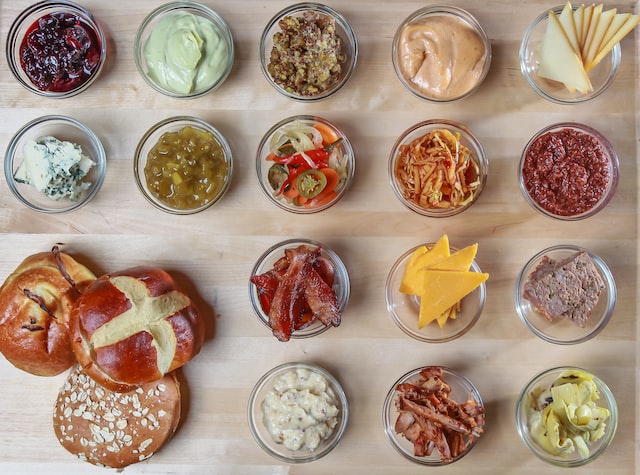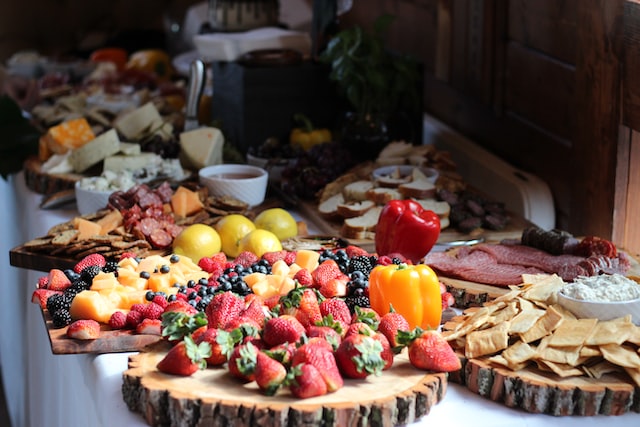If you have always loved to make charcuterie boards, you can turn your passion into a successful business. But before you begin, you need to plan your business. It’s important to find the right products and learn how to advertise.
Depending on the state and city you live in, you may need a food handling license or a commercial kitchen. You should also consult your local health department to learn more about the regulations. For example, if you sell foods that are perishable, you may need to rent a commercial space. Also, you may need a license to produce alcohol and sell it to the public.
Regardless of what type of charcuterie board business you’re considering, you’ll need a lot of materials. You’ll need a cutting board, knives, a variety of meats and accompaniments, and more. However, if you’re just starting out, you might be able to purchase these items from local suppliers. There are plenty of online and trade show resources to help you find the perfect ingredients.

Photo by Tim Toomey on Unsplash
Once you have the right tools, you can start creating your charcuterie board menu. This will include a combination of cheeses, meats, and breads, as well as condiments. In addition, you’ll want to include a variety of textures and colors.
Charcuterie boards are an incredibly popular food trend. With this popularity comes a lot of competition. Whether you’re competing with local caterers, wedding planners, or other charcuterie businesses, you’ll need to find ways to stand out from the crowd. To do this, you’ll need to do market research. The process will allow you to identify competitors and set your prices competitively.
Invest in good quality equipment. Purchasing knives and other specialized products is one way to build your brand. Other options include having a website and social media presence. By advertising through these channels, you’ll be able to reach a wider audience and get potential customers’ attention.
Once you’ve decided on what charcuterie boards you’ll be selling, you’ll need to determine your pricing structure. Try to make your sales price slightly higher than the cost of the ingredients. Make sure you have a variety of options so your clients will be able to choose from different meats and cheeses.

Photo by Esperanza Doronila on Unsplash
Consider whether you’re planning to operate your charcuterie business as a full-time venture or as a side business. Some charcuterie business owners start out by offering their services on a part-time basis and then expand their business later on. They may opt to hire someone to do deliveries or drop off charcuterie boards with disposable plates.
Before you open your doors, you’ll need to have a reputable source for high-quality meats. These can include local grocery stores, cheesemakers, or other suppliers. Be sure to ask for samples, test the quality, and keep track of your expenses.
Once you’ve made the necessary arrangements, you’ll need to register your charcuterie board as a legal entity. Doing so will protect you from personal liability. Your company should also have a business address, contact information, and a simple go-to-market action plan.
